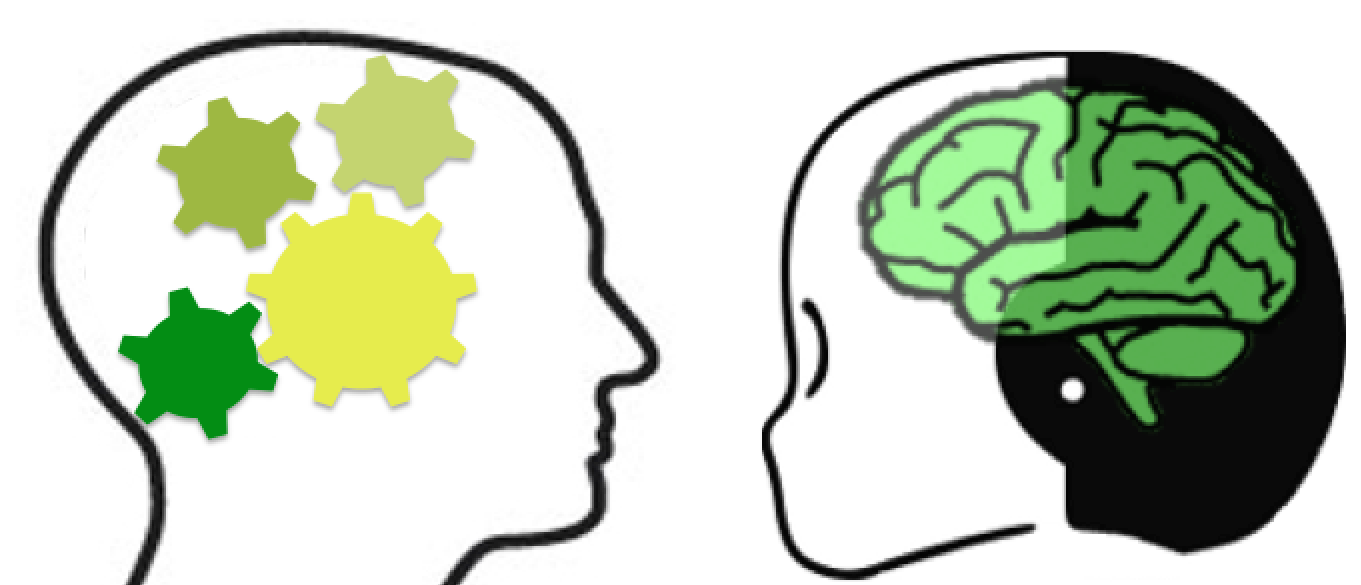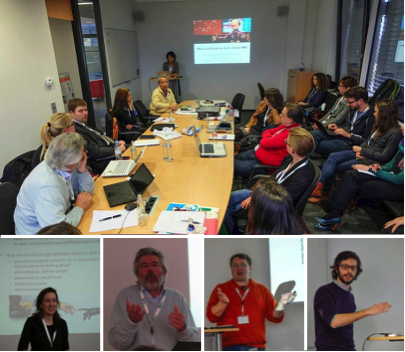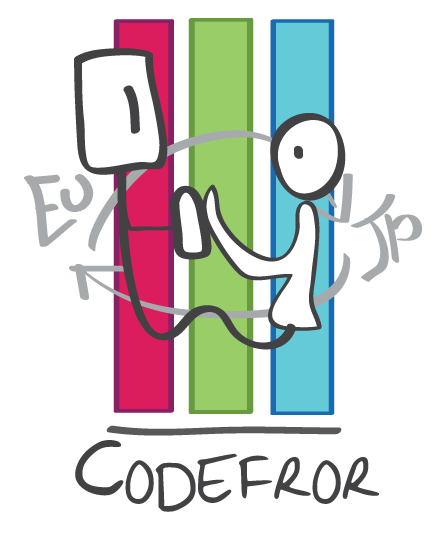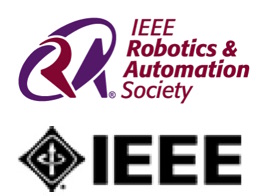Cognition: A Bridge between Robotics and Interaction.
A key feature of humans is the ability to anticipate what other
agents are going to do and to plan accordingly a collaborative
action. This skill, derived from being able to entertain models of
other agents, allows for the compensation for intrinsic delays of
human motor control and is a primary support to allow for efficient
and fluid interaction. Moreover, the awareness that other humans
are cognitive agents who combine sensory perception with internal
models of the environment and others, enables easier mutual
understanding and coordination [1].
Cognition represents therefore
an ideal link between different disciplines, as the field of Robotics
and that of Interaction studies, performed by neuroscientists and
psychologists. From a robotics perspective, the study of cognition is
aimed at implementing cognitive architectures leading to efficient
interaction with the environment and other agents (e.g., [2,3]).
From
the perspective of the human disciplines, robots could represent an
ideal stimulus to study which are the fundamental robot properties
necessary to make it perceived as a cognitive agent, enabling natural
human-robot interaction (e.g., [4,5]).
Ideally, the implementation of
cognitive architectures may raise new interesting questions for
psychologists, and the behavioral and neuroscientific results of the
human-robot interaction studies could validate or give new inputs
for robotics engineers.
The aim of this workshop will be to provide
a venue for researchers of different disciplines to discuss the
possible points of contact and to highlight the issues and the
advantages of bridging different fields for the study of cognition for
interaction.
REFERENCES
[1] Lohan, K. S., Rohlfing, K. J., Pitsch, K., Saunders, J.,
Lehmann, H., Nehaniv, C. L., ... & Wrede, B., 2012, ‘Tutor
spotter: Proposing a feature set and evaluating it in a robotic
system’, International Journal of Social Robotics, 4(2), 131-
146
[2] Nagai, Y., Asada, M., & Hosoda, K., 2006, ‘ Learning for joint
attention helped by functional development’, Advanced
Robotics, vol. 20, no. 10, pp. 1165-1181
[3] Nagai, Y., Kawai, Y., & Asada, M., 2011, ‘Emergence of
Mirror Neuron System: Immature vision leads to self-other
correspondence’, in Proceedings of the 1st Joint IEEE
International Conference on Development and Learning and
on Epigenetic Robotics
[4] Sciutti, A., Patanè, L., Nori, F. & Sandini, G., 2014,
‘Understanding object weight from human and humanoid
lifting actions’, IEEE Transactions on Autonomous Mental
Development, vol. 6, no. 2, pp. 80-92 doi:
10.1109/TAMD.2014.2312399
[5] Sciutti, A., Bisio, A., Nori, F., Metta, G., Fadiga, L. & Sandini,
G., 2013, ‘Robots can be perceived as goal-oriented agents’,
Interaction Studies, in Broz, Frank, Hagen Lehmann, Bilge
Mutlu and Yukiko I. Nakano (eds.), Gaze in human-robot
communication. Special Issue of Interaction Studies 14:3 . xv,
179 pp. (pp. 329–350)

Copyright (c) Yukie Nagai and Katrin Solveig Lohan All Rights Reserved.







